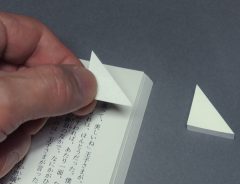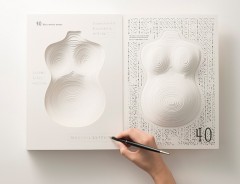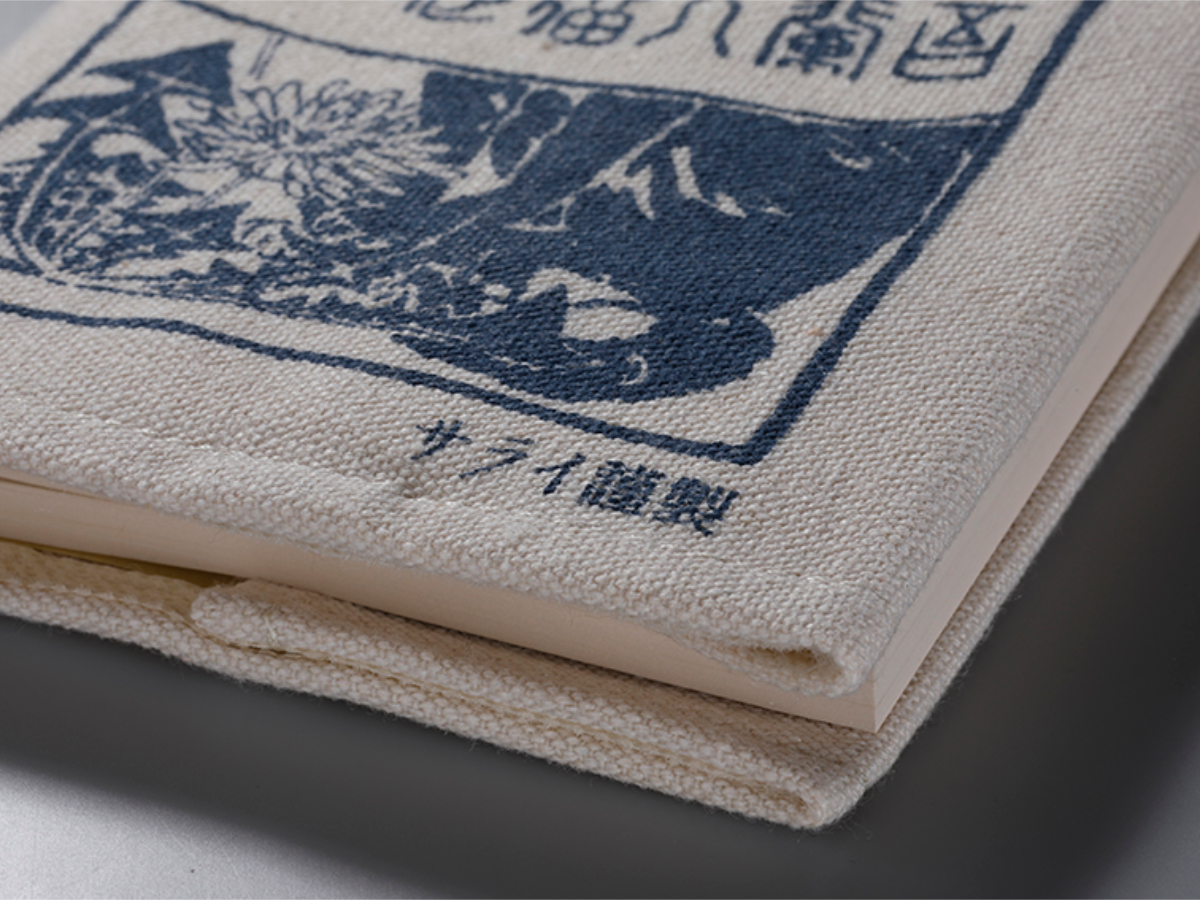- Tags:
- Books / I am a Cat / Natsume Sōseki
Related Article
-

Night Tempo releases a guide to City Pop with top 100 City Pop songs
-

Designer’s too clever bookmark dog-ears pages without actually doing it
-

Japanese Pregnancy Diary That Grows Along With The Mother And Baby
-

Japanese Photographer Captures Stray Ninja Cats Practicing Martial Arts
-

Snug Yourself Into This Comfy Bookshelf-Style Hostel In The Heart Of Tokyo
-

Jimbocho — A Booklovers’ Haven in the Heart of Tokyo



In 1905-1906, Japanese novelist Natsume Sōseki released Wagahai wa Neko de Aru – known as I am a Cat in English – a satirical novel which touches on the clashes of Western and Japanese cultures that existed in Japan during the Meiji era.
The book, written from the perspective of a cat that thinks himself superior to the people around him, was praised for it’s unusual narration and the use of language which was considered archaic even at the time of writing – this outdated language is most apparent with the cat’s devoted use of the word ‘Wagahai’ (as seen in the title), which is a now-obsolete way to refer to oneself, and at the time was more associated with Japanese aristocracy. This use of language plays an irony to the character’s heightened sense of self, and has survived into modern fictional media such as with its use by Bowser, the arch enemy of Mario and friends in the Super Mario franchise.
These days, the book still has a strong grasp in the Japanese literary world, living on as a popular assignment for school children, and as such, remains a well-known story by people of all generations.
Included in the latest issue of Shogakudan’s lifestyle magazine Serai, is the limited edition gift of a replicated ‘Wagahai wa Neko de Aru’ book cover.
Based on the original bindings and designs of the first and second editions of Natsume Sōseki’s Wagahai wa Neko de Aru from the early 1900’s, the cover reproduces the texture and charm of a book cover from the latter half of the Meiji era as faithfully as possible.
The cover is made from a natural canvas cloth, which fits comfortably into any reader's hand. In addition, the cover has had it’s edge sewn into seams to increase its durability, and also comes with a classic string bookmark so keen readers can keep their page.
Sōseki is said to have been very particular about the design of the covers used for his novels, and recruited the work of Goyo Hashiguchi – who at the time was still studying at Tokyo Art School, but would go on to be one of the fore-figures of the shin-hanga ukiyo-e revival movement.
The book cover is included in Serai’s latest magazine print edition, which is currently featuring the theme “Now, to Kamakura”, touching on the charm of the ancient capital city, and it’s choice of setting of the upcoming historical drama “The 13 Lords of Kamakura”.
Serai January 2022 issue
Release date: 9 December 2021
Price: 1,100 yen
Available to purchase online from Amazon Japan or as a subscription based delivery via the official Serai website.
*Please note, the book cover is only included in printed editions of the magazine, and is not available with the e-magazine.